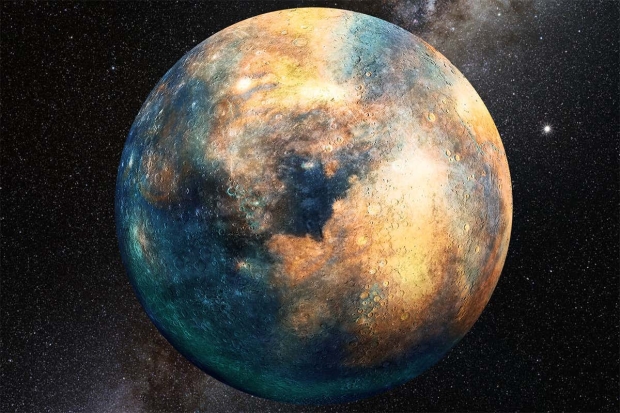A team of astronomers has located a planet in a star system that previously wasn't thought to be able to host stars.
The two-star system is located approximately 325 light-years away from Earth within the constellation Centaurus. The system is called b Centauri and measures in at six times the mass of our Sun, which makes it the largest star system to have a planet orbiting it. Up until now, astronomers only found planets orbiting stars that were maximum three times the mass of our Sun. The discovery of this planet has expanded astronomers' knowledge of where its possible planets can form.
"B-type stars are generally considered as quite destructive and dangerous environments, so it was believed that it should be exceedingly difficult to form large planets around them," said Markus Janson, an astronomer at Stockholm University, Sweden and first author of the new study.
The main star of the system is a B-type star, which are known to be unfavorable environments for planet formation as the star's extreme mass means it gives off more heat. The hotter the star is, the more high-energy radiation it emits, which is damaging to any planet-forming material in the surrounding area. Despite the harsh environment in the star system, the planet that was discovered is estimated to be ten times the mass of Jupiter, which also makes it one of the largest planets ever discovered.
"Finding a planet around b Centauri was very exciting since it completely changes the picture about massive stars as planet hosts," said Janson.
"The planet in b Centauri is an alien world in an environment that is completely different from what we experience here on Earth and in our Solar System. It's a harsh environment, dominated by extreme radiation, where everything is on a gigantic scale: the stars are bigger, the planet is bigger, the distances are bigger," said Gayathri Viswanath, a PhD student at Stockholm University and co-author on the study.
If you are interested in reading more about this story, check out this link here.



